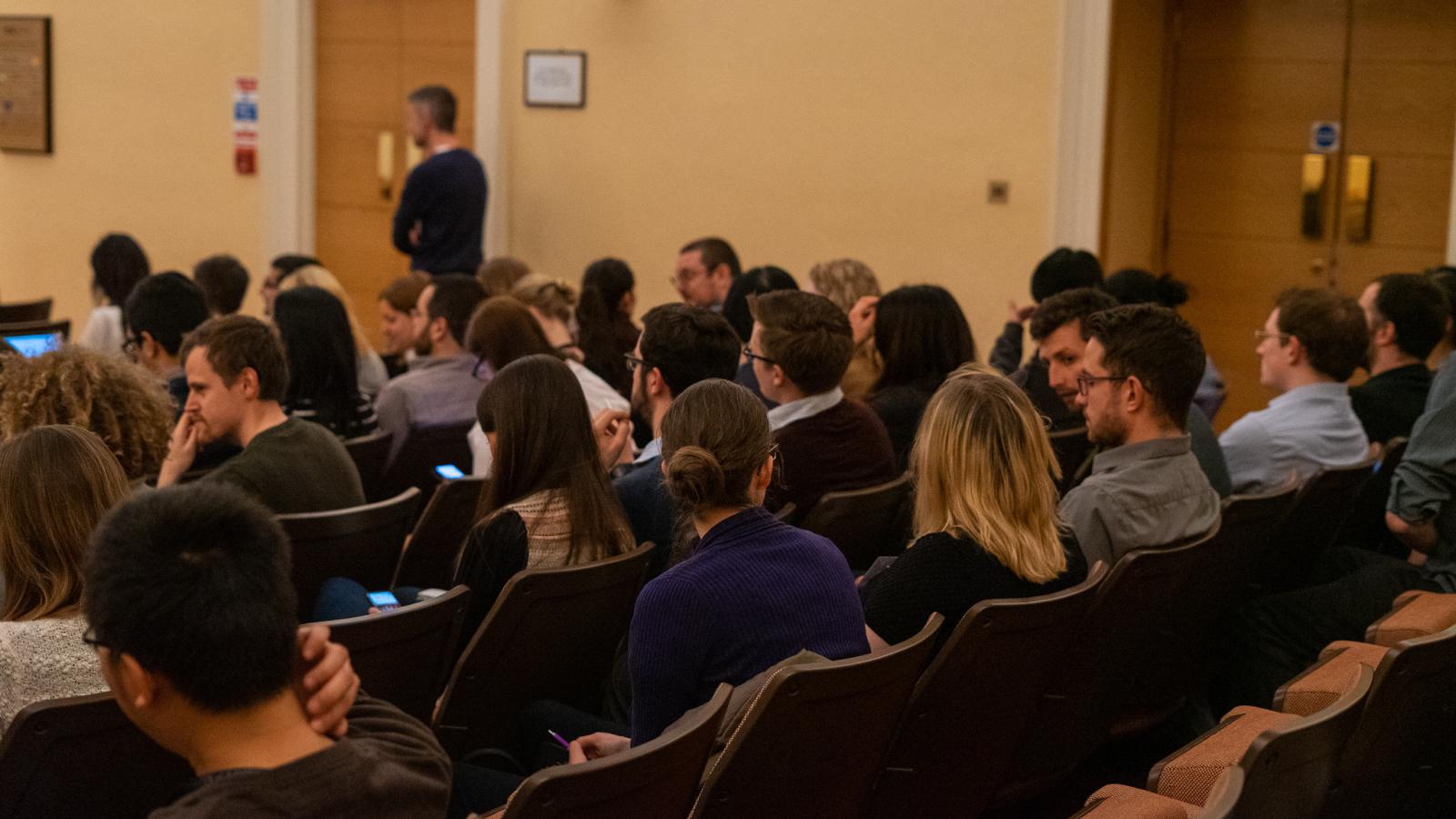Guest writer: Sophie Quick (blog/twitter), PhD student within the lab of Anna Williams
The 2nd Annual Symposium from the UK DRI at Edinburgh took place at the Royal Society on 30 April. Associate Director, Giles Hardingham opened the meeting, which takes place every intervening year between the larger UK DRI conferences, and is a great opportunity to hear about the breadth of dementia research being undertaken in the city. It was attended by groups from across the university, with clinical and pre-clinical researchers coming together to share expertise.
The talks opened with Charles ffrench-Constant and Anna Williams speaking on the role of the neurovascular unit in Alzheimer’s disease and dementia, and in particular, how endothelial-secreted factors may play a role in the disease pathogenesis via their effects on oligodendrocytes. Next, Catherina Becker and David Hunt discussed inflammation from two different angles - outlining research in both zebrafish models and patients.
The second session involved a series of talks from researchers representing the UK DRI programmes, exemplifying the range of methods used to probe questions at the institute. A plethora of approaches to tackle neurodegenerative conditions at differing disease stages were presented, including a large fMRI clinical study from Una Clancy (Wardlaw Lab) that measured subtle clinical changes, right down to a neat visualisation using array tomography from Marti Colom Cadena (Spires-Jones Lab), displaying protein aggregates found at synapses. Novel in vivo and in vitro models focused on different cell types, with the first and last talks of the session describing the potential of human induced pluripotent stem cells (hiPSCs), which were used to create both functional spinal cord motor neurons and central cortical neurons displaying hyperexcitability.
In the afternoon session, the speakers showcased studies taking place at a much larger scale. Moving from big cohorts of clinical studies, through Seth Grant’s synaptome mapping of the whole brain, to the importance of conducting prospective studies with large groups and multiple outcomes, finishing with David Lyons talking high-throughput screening with zebrafish. In this session, Cathie Sudlow also discussed the opportunities that could be seized by collating primary data from the Scottish electronic medical records with biosamples, following the example from Wales which now has a huge unselected cohort for researchers to investigate.
The keynote speaker Miratul Muquit, University of Dundee, closed the day with a talk on Parkinson’s disease, focusing particularly on decoding mitochondrial signals. Professor Muquit found that PINK1, localised to the mitochondrial membrane, had kinase activity which could be activated by mitochondrial depolarisation. The discovery could hold therapeutic benefits, as there may be novel targets for Parkinson’s disease within the PINK1 signalling pathway.

A day of useful and interesting talks demonstrated the excellent spectrum of techniques and expertise found in Edinburgh. It will be exciting to see if the stimulating discussions lead to collaborations at future UK DRI meetings.
